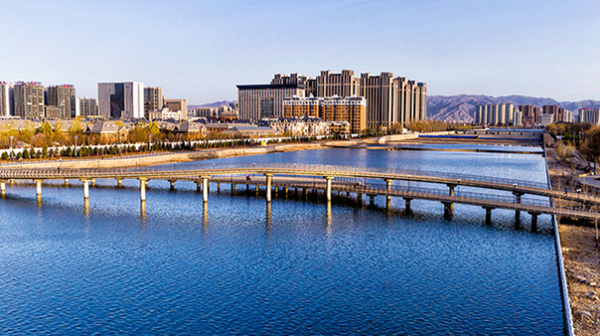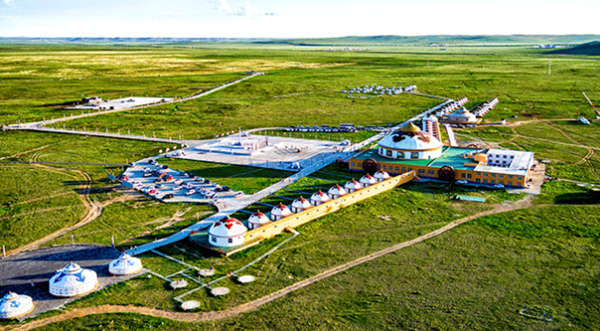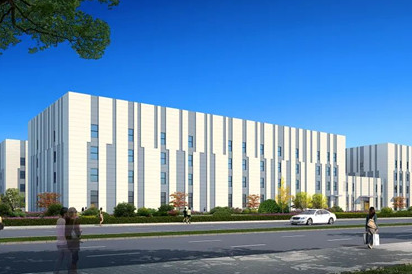Hohhot on its way to becoming regional leisure and holiday center

Hohhot's environment has been improving thanks to continuous environmental protection efforts. [Photo/WeChat account of Wenlyu Qingcheng]
Hohhot, capital of North China's Inner Mongolia autonomous region, is striving to boost its tourism sector and develop into a regional leisure and holiday center, according to local media reports.
In 2021, Hohhot launched a three-year action plan for its six major industries – dairy, biomedicine, solar power, digital economy, modern logistics and cultural tourism.
Hohhot has planned a total of 105 projects in the tourism sector. Among them, 41 key projects worth more than 50 million yuan ($7.85 million) each are expected to draw a total investment of 49.84 billion yuan, with a planned investment of 8.5 billion yuan in 2022.
There are 19 projects with investment of less than 50 million yuan each, which together are expected to draw a total investment of 445 million yuan, with a planned investment of 222 million yuan in 2022.
In addition, 45 projects are being negotiated, with an intended investment of 77.33 billion yuan.

Breathtaking scenery is pictured at the Chilechuan grassland in Hohhot, Inner Mongolia. [Photo/WeChat account of Wenlyu Qingcheng]
The city is striving to create a cultural tourism landscape centered around the Chilechuan Grassland in the north and the Laoniuwan Yellow River Grand Canyon in the south, and is promoting the integration of the cultural and tourism industries.
The city has also built more cultural industry bases such as the Huayi Brothers Chilechuan Star Theater and Matouqin Grassland Cultural Industrial Park.
Hohhot will strive to attract 51 million tourists per year by 2024, produce a comprehensive annual tourism revenue of 110 billion yuan, and achieve an average annual growth rate of more than 10 percent in the city's tourism reception and tourism revenue.
The added value of cultural and related industries is expected to reach 14 billion yuan, with an average annual increase of more than 13 percent.








